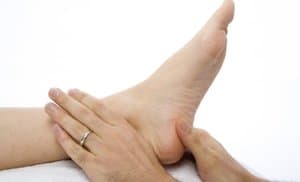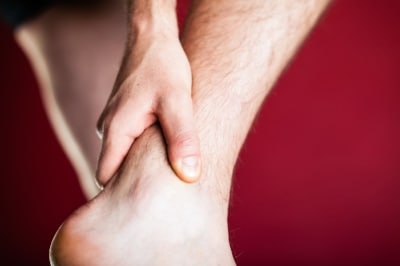
Best Treatments for Heel Pain Moon Twp

Heel and plantar fascia pain can impact your life. Weather it’s located on the bottom of the foot or the back of the heel, there are many treatments that can help. What causes pain at the back of the heel? Achilles Tendonitis is often caused by overuse.
How do foot doctors relieve heel spur pain?
- night splints
- orthotics
- injections
- ESWT
What Are a Few Typical Reasons For Heel Pain?
There are numerous issues that can lead to heel pain, some of which include:
Bursitis
Your joints have fluid-filled sacs called bursae. They encircle the regions where muscles, tendons, and skin touch bones.
Plantar fasciitis
When your feet are subjected to excessive pressure, the plantar fascia ligament is damaged, which results in discomfort and stiffness called plantar fasciitis. Learn the causes of this illness and potential cures.
A sprain or a strain
Body ailments like sprains and strains are frequently brought on by physical exercise. These wounds are frequent and, depending on the incidence, might be mild or severe. Study up on sprains and strains.
Osteochondroses
These conditions have a direct impact on a child’s or adolescent’s bone growth. Find out more about the various osteochondroses.
Tendonitis
Achilles tendonitis happens when overuse injuries cause the tendon that connects the calf muscles to the heel to become painful or inflamed. Find out the causes of and treatments for this ailment.
How do I fix the pain in my heel?
See a nearby Podiatrist for the fastest relief. Home remedies include icing, stretching, arch supports, and night splints to name a few.
Bottom of the foot pain in the morning is the most common sign of plantar fasciitis, also upon getting up after resting, or driving.
The best heel spur exercises include gentle stretching of the bottom of the foot before getting out of bed in the morning. Extend your knee straight and with a towel or belt wrapped around the blll of your foot, gentle pull your toes to nose and stretch!
Pain in left heel only can occur, often pain in one foot starts, and if it is not treated, then because excess weight is put on the ‘good’ foot, then it starts to hurt.Plantar fasciitis treatment home remedies include OTC arch supports. Pain in back of heel is where the Achilles tendon attaches.
Sudden onset of pain in the heel can mean a rupture of the tendon or fascia. You should not continue to walk on it and see a podiatrist immediately!
How long does it take for heel pain to go away?
The length of time it takes for heel pain to go away depends on the underlying cause of the pain and the treatment approach used. For mild cases of heel pain caused by overuse or minor injury, rest and self-care measures such as stretching and icing the affected area can often lead to improvement within a few days to a week. More severe cases of heel pain, such as those caused by plantar fasciitis, may take several weeks or even months to fully resolve.
Treatment options for heel pain can include physical therapy, orthotic devices, anti-inflammatory medications, and corticosteroid injections. In some cases, surgery may be necessary to address underlying structural issues causing the pain.
It is important to note that ignoring heel pain and continuing to engage in activities that exacerbate the problem can lead to further damage and prolong the healing process. Seeking prompt medical attention and following a recommended treatment plan can help speed up the healing process and reduce the risk of long-term complications.
Can heel pain be prevented?
Heel pain can be prevented in many cases by taking steps to reduce the risk factors that contribute to its development. Some measures that can help prevent heel pain include:
- Wearing shoes that fit properly and provide adequate support, particularly for high-impact activities such as running.
- Gradually increasing the intensity and duration of physical activity to avoid overuse injuries.
- Maintaining a healthy weight to reduce pressure on the feet and heels.
- Stretching the calves and feet regularly to maintain flexibility and reduce strain on the plantar fascia.
- Avoiding prolonged periods of standing or walking on hard surfaces, or using cushioned insoles if these activities cannot be avoided.
- Using appropriate safety equipment, such as protective footwear or pads, for high-risk activities.
Several DIY remedies
Try these at-home treatments for heel pain if your condition is mild or you think you don’t need to visit your doctor.
Rest
Resting as much as you can can help your heel discomfort the most. The condition known as plantar fasciitis is brought on by excessive foot use. Your plantar fascia can become irritated for a variety of reasons, including sports, running, walking, or even just regular daily use in the wrong shoes. Resting will give your body time to concentrate on mending rather than using the tendon, allowing you to resume your favorite activities pain-free shortly.
Extend Your Feet
Blood flow to the stretched muscles and tendons is encouraged by stretching. Blood flow is essential necessary for the body to heal injuries because it brings oxygen and nutrients to the area.
